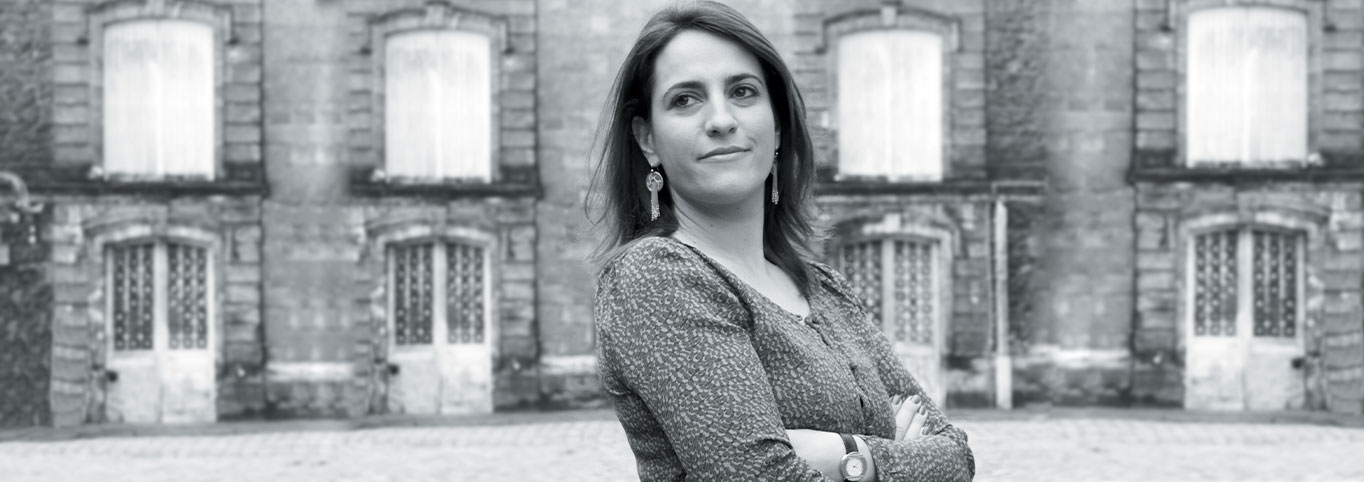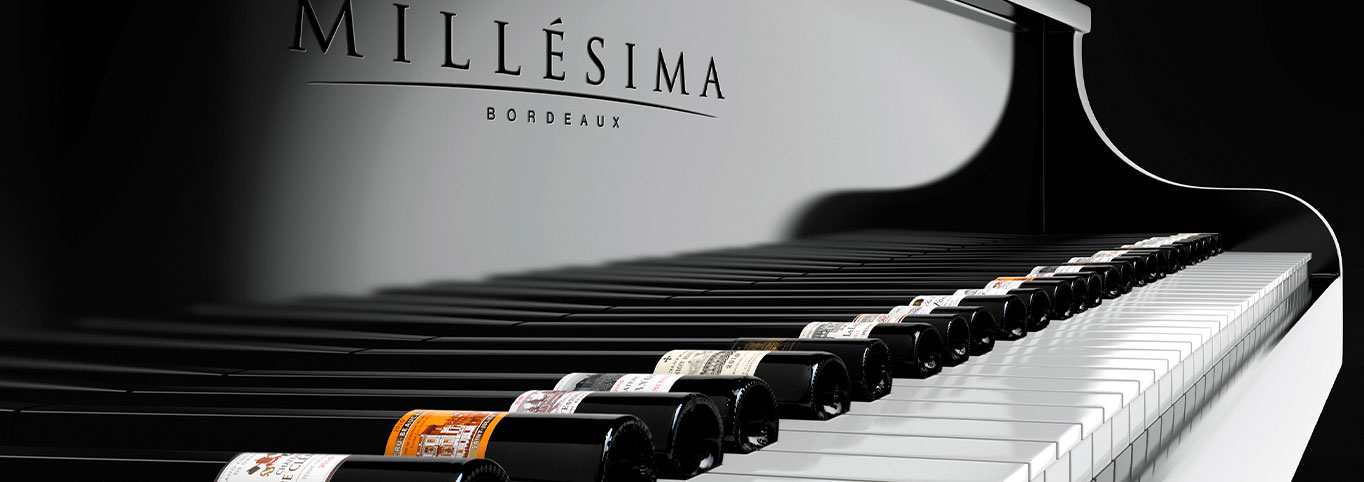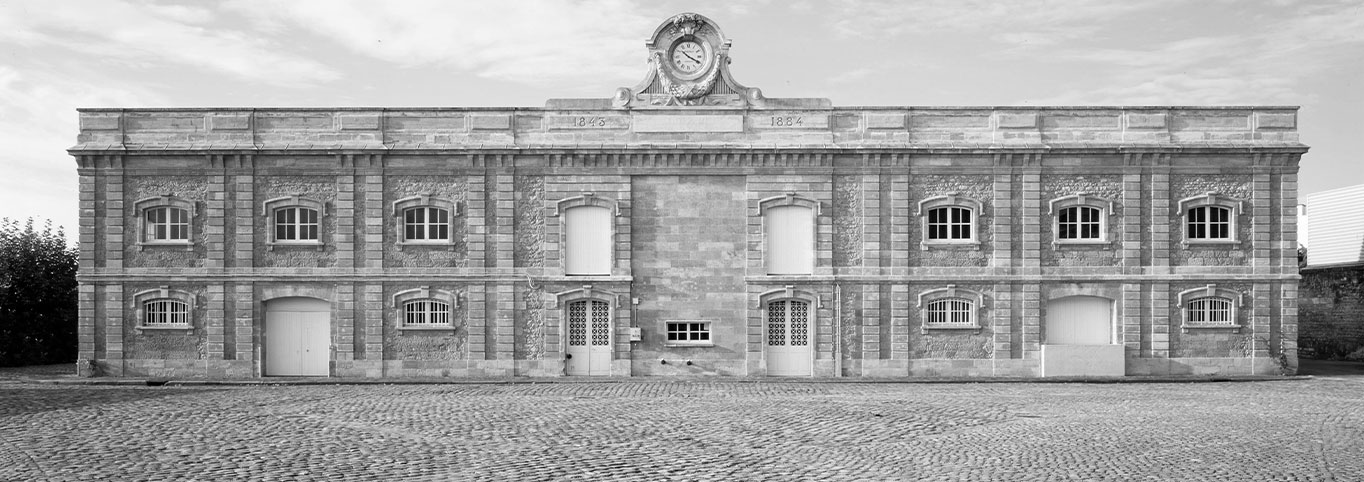THE AMERICAN FRONTIER

In 2006, Millésima was preparing to gain a foothold in its 12th country: the United States. Having firmly established itself in 11 major countries in Western Europe, the company decided to branch out further into other geographical territories. The United States was interesting for various reasons: its economy was growing strongly (which was not the case in Europe); Americans have a great interest in fine wines and their consumption was steadily increasing; and most importantly, the ‘Three Tier System’, which had previously blocked the development of the sale of wines by mail, was revoked by the Supreme Court in 2005.

The licensing system in the United States
Historically, the ‘Three Tier System’ required any company wishing to sell spirits
in the US to do so via an importer, who would sell to a wholesaler, who would in
turn sell to a retailer. This meant obtaining three different licences, each of which
was exclusive: a retailer could hold a licence only as a retailer.
Everything changed in July 2005, when one of the biggest American distribution
chains, CostCo, challenged the Three Tier System and won the lawsuit. The ruling
pointed out that many states now allowed wineries to distribute their wines directly
to retailers, bypassing the wholesaler. The breach had been opened: Millésima
could now move into America.
Patrick Bernard decided to apply for a licence to sell Wines and Spirits in the State of New York and suggested a partnership to Roger Bohmrich, marketing director for Frederick Wildman, with whom he got on well. Bohmrich, who speaks French, had been one of the first Americans to obtain the Master of Wine diploma, one of the highest distinctions in the industry. Bohmrich was very interested in the proposal, and in late 2005, Bernard created Millesima US, a Limited Liability Company with a share capital of one million dollars, divided between Millésima (90%) and Bohmrich (10%), who became the subsidiary’s managing director

Problems obtaining the licence
To obtain a retail wine licence, Millésima had to prove to the SLA (Spirit Licence Administration), a department of the Food and Drug Administration, that it was in fact operating as a B2C company in France and in Europe. It also had to open a showroom or store in New York State to comply with US law, which requires that, when a company sells to individuals via the internet, its customers have the opportunity for face-to-face contact with it so that they are able to assess the quality of its merchandise. Millésima set up shop in the north of New York State, in Dobbs Ferry, a smart suburb on the edge of the Hudson River. Despite appearances, the location turned out to be unsuitable for commercial activity because the neighbourhood is mainly residential. Truth be told, this mattered little to Patrick Bernard, for whom opening a retail outlet was a purely administrative formality: the important thing for him was online sales. Two years later, however, he changed his mind, realising the importance of a store for the company’s image. Millesima US bought a wine cellar on the Upper East Side, 2nd Avenue, a chic and elegant neighbourhood in New York’s wealthiest district.
When Millésima launched Millésima La Plage in 2018, a mobile application ‘located’ in Cap Ferret, Fabrice Bernard and his team made the same mistake again: the shop was to be merely a ‘façade’ with its main focus to retrieve customer emails, but the chosen location was not well suited for trade. The following year, Millésima set things right and established its wine cellar in a much more suitable location, gaineding customers. Patrick Bernard concluded: ‘Both Fabrice and I had forgotten the Hilton chain founder’s claim that the three essential conditions for a hotel’s success are “location, location, location.”
On May 2, 2006, the lawyers Patrick Bernard had appointed with the SLA announced that the licence had been granted. He would simply have to wait to receive the official document before starting up business. But time went by, and the document never arrived. Patrick was once again summoned to appear before the SLA court. During this second session, the assessor refused to grant the promised authorisation. He returned a third time, with the same result: permission was refused, with no reason given. How was such an about-turn possible? In an attempt to get to the bottom of things, Bernard decided to call on Kroll, an investigation firm. In the end, he didn’t need them: with the help of the dean (a sort of ‘justice of the peace’) of licensing laws in New York, the matter was quickly resolved. On 20 November 2006, Millésima finally obtained the long-awaited licence
The development of the American subsidiary
While it initially seemed to be the key to success, obtaining the licence was not enough to ensure Millésima’s rapid rise on the New York and American wine scene. Business was sluggish, and Roger Bohmrich seemed somewhat sceptical about the development of online sales. He believed it would be more profitable to invest massively in wine cellars in the US. For Bernard, this would have meant going completely against Millésima’s strategy and business model. The differences of opinion between the partners quickly became untenable. Bernard bought out his partner and placed Hortense, one of his daughters, at the head of the American subsidiary.

Hortense Bernard was well acquainted with the family business – ‘the fifth child in the family’, as she likes to call it. Her parents had always talked about Millésima at home; she had often helped out with the grape harvest at the family property Château Peyrabon; and as a student, she had represented Peyrabon at trade fairs. In 2010, she started her work at Millésima US on an International Volunteer in Business scheme. She was quickly struck by the fact that, while the US was generally ahead of the game in terms of Internet use and online sales, the subsidiary was barely keeping float.
When her father parted company from Bohmrich and she took over at the helm of
Millésima US, Hortense was convinced she could create favourable conditions for
growing the American website’s business. She believed in it.
In fact, internet sales quickly took off, while the store continued to flourish. At the
same time, Hortense set about consolidating Millésima’s reputation, promoting it
as a family business. She also emphasised the central concept of ‘French savoirvivre’,
which goes hand in hand with the world of fine wines and the service sought
after by American customers. As Hortense points out, ‘knowing that Millésima has
cellars in Bordeaux reassures our American clientele and offers them an extremely
important guarantee of security’.
By the end of the 2010’s, the US represented 15% of Millésima’s turnover.

